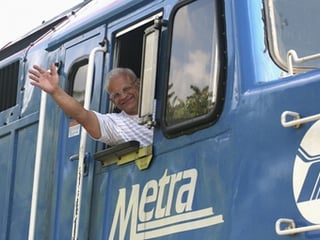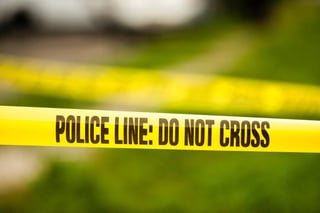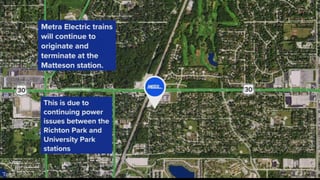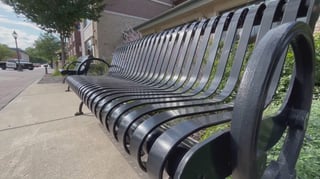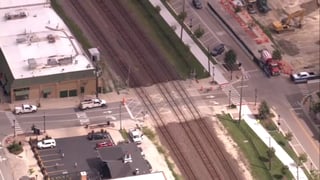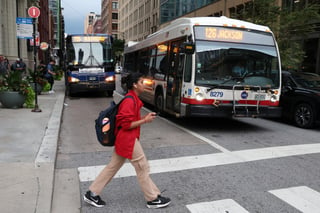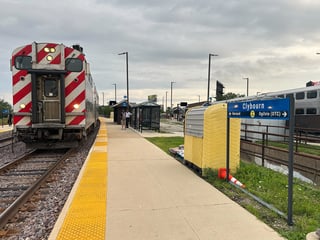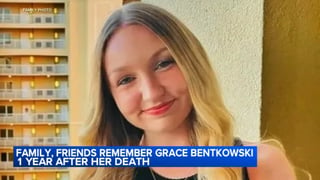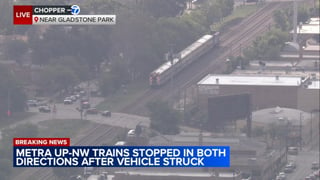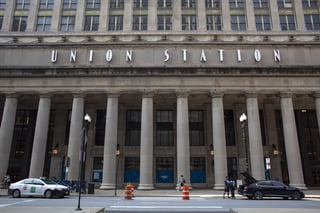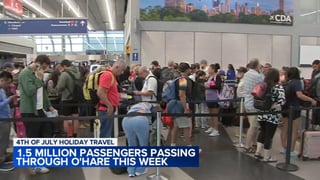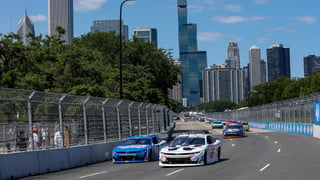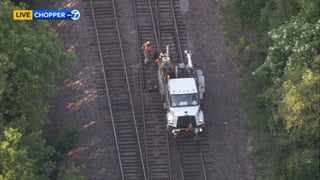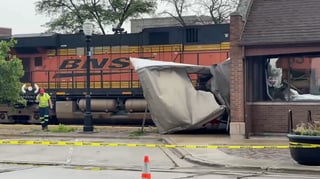Metra (reporting mark METX) is the commuter rail system in the Chicago metropolitan area serving the city of Chicago and its surrounding suburbs via the Union Pacific Railroad, BNSF Railway, and other railroads. The system operates 242 stations on 11 rail lines. It is the fourth busiest commuter rail system in the United States by ridership and the largest and busiest commuter rail system outside the New York City metropolitan area. In 2021, the system had a ridership of 14,080,700, or about 115,800 per weekday as of the third quarter of 2022. The estimated busiest day for Metra ridership occurred on November 4, 2016—the day of the Chicago Cubs 2016 World Series victory rally. Metra is the descendant of numerous commuter rail services dating to the 1850s. The present system dates to 1974, when the Illinois General Assembly established the Regional Transportation Authority (RTA) to consolidate all public transit operations in the Chicago area, including commuter rail. The RTA's creation was a result of the anticipated failure of commuter service operated and owned by various private railroad companies in the 1970s. In a 1983 reorganization, the RTA placed commuter rail under a newly formed Commuter Rail Division, which branded itself as Metra in 1985. Freight rail companies still operate four of Metra's routes under purchase-of-service agreements. Metra owns all rolling stock and is responsible for all stations along with the respective municipalities. Since its inception, Metra has directed more than $5 billion into the commuter rail system of the Chicago metropolitan area alongside the CTA. From Wikipedia
